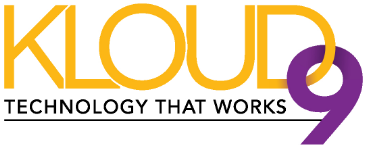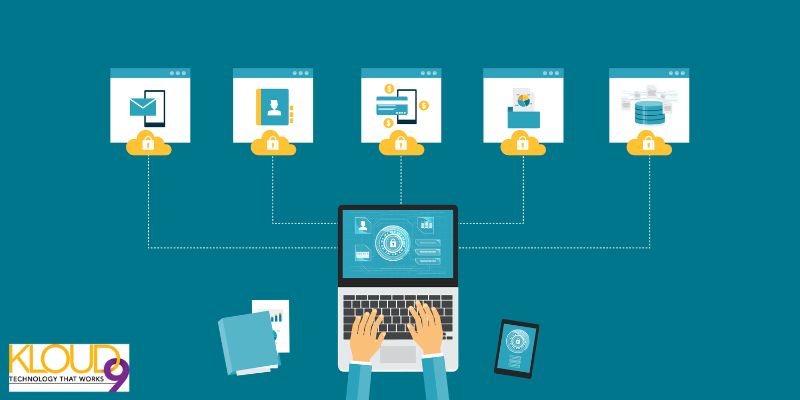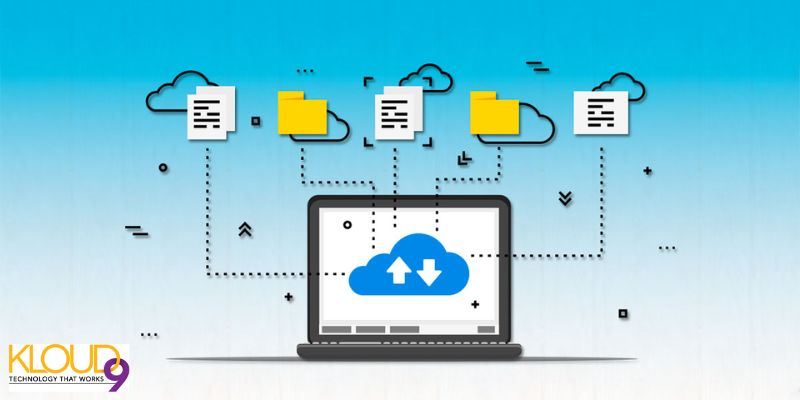There is a need to protect your sensitive data, especially if you use the internet often. Cybercrime has caused many online users to panic concerning their information safety. Malicious cyber attacks usually result in reputational damage, data breaches, and loss of information. However, you can protect your data through the following data security practices:
1. Have Accurate Knowledge of Databases and Data Technologies
In the past few years, databases have helped many individuals collect and save their information without hassle. In fact, it has been fascinating in recent times. The most common database is the one that uses tables and principles.
You must have basic knowledge of databases and technology as it allows you to view your data mechanically or manually depending on your needs. You can communicate with your database through Structured Query Language (SQL).
2. Identify and Categorize Sensitive Information
For your network support, you should identify your data and know how to classify it. From your findings, data discovery technology can digitally copy your information storage location and give reports on it. Use a data classification procedure to organize your sensitive data into different sections.
3. Develop a Data Usage Policy
Using only a data classification process to categorize your data is never enough. Design a policy that includes access types and their specifications, conditions for accessing data, what forms of accurate data usage, who can access data, and more. Remember that principle violations must have repercussions.
4. Influence Access to Important Information
Even with a personalized data usage policy, you can further protect your data using discreet access control. Your access control should limit access to data essential to unprivileged users. Users can gain access to the privileges required to carry out the functions they have planned.Therefore, only permitted individuals can access the data. Access controls are technical, physical, or administrative.
5. Perform Database Auditing
If you must protect your data, this data security practice is essential. Make sure you record all your file server and database activities. To have a firm security audit, you must sustain your login for months or a year.
Any account that passes the highest limit of unsuccessful login attempts must be reported immediately to the data security controller for further scrutiny. You must know how to identify unusual changes in your data network.
6. Enable Data Encryption
While many online users do not take encryption seriously, it is one of the essential data security practices you should not miss. Encrypt all your company's sensitive data, whether you are at home resting or on a business trip. You can carry out data encryption through a network or a portable device.
7. Backup Your Data
Make sure you duplicate and backup every important business information so that, in case of data loss, you can retrieve it easily. Backups are record reserves or substitutes. It will help you recover critical data if you suddenly face a server failure. There are three common types of backup for your network support; full backup, incremental backup, and differential backup.
8. RAID Should Be Used On Servers
RAID is a basic tool for enduring network problems. It assists by protecting online users from system crashes and data destruction. RAID helps your servers function using multiple drives. Therefore, if the original hard drive stops working, the system continues to work.
9. Use Load Balancing and Clustering
After RAID helps you protect your network data, you must still grow above using an independent system. Load balancing and clustering involve connecting many systems to work as an independent server while they all operate simultaneously. Clustered networks use multiple processes to improve availability and performance, thereby adding duplicating functions and costs.
10. Fortify Your System
Secure every category where you have sensitive data. It does not matter if you designate the data temporarily or permanently. It would be best if you secured it, depending on the potential information accessible to your system.
Harden your system by including external networks that allow you to access an internal network through a wireless connection with notable privileges. There are reasons why a network is as protected as the weakest connection. Furthermore, consider your data usability by allowing an appropriate balance between IT service and performance.
11. Implement Appropriate Patch Management Technology
Ensure you implement appropriate patch management tactics, as this helps ensure your application software versions are designated on the network environment. Also, your IT service must be up-to-date with the best technology.
It may not be an effortless task, but it is critical for protecting your data. You can ensure your data's security by making a matching parameter for patch updates and antiviruses, which automatically help update your system.
For a more critical function, you should thoroughly test your patches to ensure that performance is not affected and that no harmful problems enter the system.It would help if you had patching techniques for your applications and your functional system.
12. Protect Your Data From Insider Threats
Many business enterprises invest enough money in improving their networks to prevent attacks from external factors. In data security, insider threats quickly become a major concern as they can lead to data exposure.
According to some research, insider attacks are the reason for a large percentage of attacks. Moreover, many companies do not report these incidents because they fear the damage they can cause to their business and reputation. When you secure your data from insider attacks, you protect yourself from all cyber damage.
13. Secure Your Data With an Endpoint Security System
Your endpoint is one of the most vulnerable operations that requires more security. The network can encounter problems constantly. Therefore, ensure that you secure your information with your endpoint security functions because dealing with threats is pertinent to avoiding data issues.
Some things to consider when using endpoint security include advanced malware and unpermitted programs. However, it is mostly required to use the following security strategies:
- Host-based firewalls
- Pop-up blockers
- Antispyware
- Antivirus software
14. Carry Out Vulnerability Assessments
Vulnerability assessments include scanning tools such as Nessus, Nmap, and OpenVas. These scanning tools are used to check the environment for version codes and open ports to improve data security.
Conclusion
Protecting your data from cyber-attacks is important by knowing the best practices for your data security. Securing your data is imperative, from data encryption to categorizing your essential information for safer storage.





You must be logged in to post a comment.